At 500px amazing photography is at our core, but these photos would not be possible without the talented people behind the lens. The 500px Spotlight series highlights the global and diverse photographers that are part of the 500px Community.
This week we are excited to introduce you to the editorial photographer, Ian Pettigrew.
Hi Ian, please introduce yourself.
I’m a photographer from Hamilton, Ontario in Canada. I’ve been shooting professionally now for roughly 10 years, having got my start in advertising (think Don Draper, just way less tall, dark, and handsome). My focus is mainly portraiture, but I have photographed almost everything in the past.
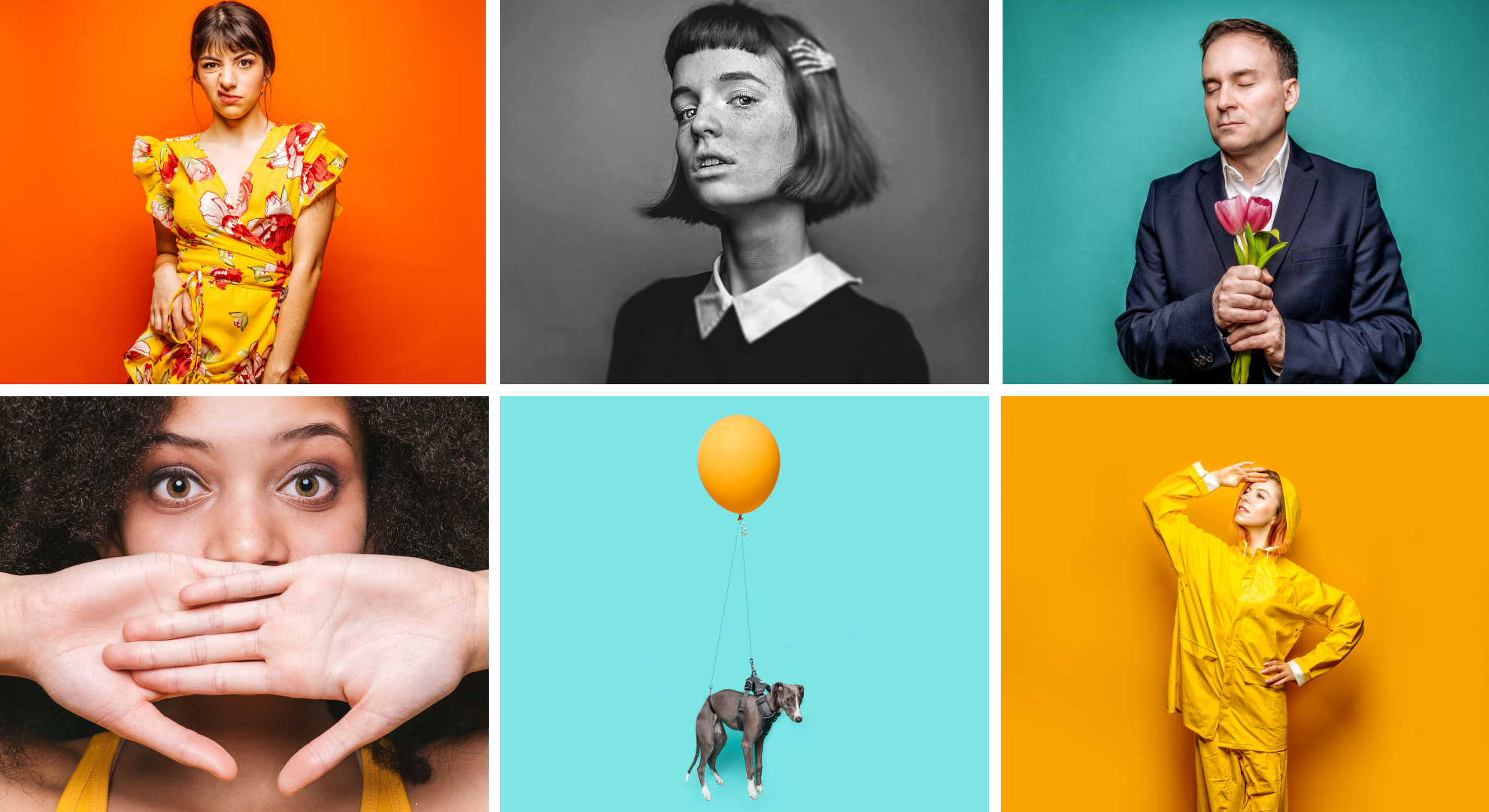
We love to hear an origin story. Can you tell us how you got into photography?
I always like to think of myself as an Art Director who happens to take photos. I got my start in the business almost 30 years ago, working at various agencies in Toronto as an AD. I ended up working with so many great photographers, it piqued my interest. It was just another creative outlet, but it ended up becoming an actual way to make a living.
You are a trained graphic designer, with many years of experience. What are some elements you learned on the job that translated well to your photography practice?
Understanding basic composition, basic color theory—things like that. This all applies to photography as well. It’s easy to learn the basics of photography, like the technical aspects. But you can’t really teach someone what looks good and what doesn’t look good—that’s more about taste. But I think a lot of people’s photos would benefit from some design knowledge. I see things first with a designer’s eye.
Are there any specific creatives you look to for inspiration? What is it about their work that motivates you?
My specialty is more portrait work, so I tend to gravitate towards those photographers for motivation. Especially those that can really capture emotion and personality. Certainly, someone like Platon is very inspirational, and Richard Avedon has always been a big influence.
One of the first photographers that really caught my interest at a young age was Herb Ritts, I think because of the great design and composition of many of his images.
Movies have always influenced me as well, so I follow great cinematographers like Roger Deakins and Janusz Kaminski. And, this love of movies extends to photographers doing amazing cinematic work like Gregory Crewdson and someone like Wes Anderson, with such great use of color and design elements.
There is something so impactful about a monochrome shot, can you take us through your creative process with The Golden Goose? From the ideation to the technical setup and directing the model, how did you bring this shot to life?
Golden Goose was part of a series of monochrome images, most done with food (but not necessarily). Being in lockdown with your model-girlfriend was certainly convenient, but it also meant we had to get creative.
After it was decided that gold was the next color we would use, putting together the right props and elements was next. I knew I wanted to use eggs as the main element. I started looking for wooden or foam eggs—it turns out you can’t spray paint foam (please take note). So, I ended up just getting 12 actual goose eggs, hard boiling them then painting them.
We have a local supplier for a lot of our wardrobe (Vintage Soul Geek in Hamilton) and they just happened to have the perfect dress. Last was the backdrop, but that was just sourced on Amazon.
The trickiest part was the lighting, because using such glittery, reflective material can be a pain, and having a cat in the house who loves to pose for the camera doesn’t help (see behind-the-scenes below). Lastly was the retouching.
I shoot the majority of my personal work from home. My commercial work gets me out of the house for various location shoots.
When you set up your studio, what are your essential pieces of equipment for the perfect studio shoot?
All the main pieces you need are essential, but don’t get too hung up on equipment. The idea is the most important thing, not what brand of camera you have. I’ve shot with almost every camera brand, and I’m not partial to any one of them. You need good lights, and a camera and lens you are comfortable with. Essential pieces of equipment don’t make up for a lame idea.
If you have to get technical, I shoot with a Leica SL2 and Sigma 50mm lens for most of my current work. I’m partial to the DigiBees or Einsteins, they are great lights and cheap enough that I don’t really have to be too careful with them. I like using as large of a softbox as the room permits, mainly a 100cm Rotalux. The majority of my work is one light only.
Working across fashion, portrait, and commercial sets you must have an impressive camera kit, but if you had to choose only one lens to work with, which one would it be and why?
I tend to like to shoot with wider lenses, even for portraits.
A few years ago, when I was working on my book about women with Cystic Fibrosis, I was shooting in lots of cramped spaces like people’s living rooms and hotels. I found myself having to use my 35mm for most of the shoots and I just became accustomed to that focal length.
For portraits, I don’t like being too far from my subjects, so the traditional focal length of 85mm doesn’t work for me. Right now, I’m using a 50mm prime. But my plan is to get a new 35mm lens for my camera when the money permits (Leica gear isn’t cheap).
You’ve been featured in many publications for a diverse range of photography. How did you start getting your work out there and gain the confidence to keep going if you encountered rejection?
I was lucky, or it was just a fluke, to start getting published almost right away. I mean we aren’t talking about top professional publications, mostly those geared towards amateurs, but published is published. That gives you a jolt of confidence. But I think, like many photographers, I’m never completely satisfied, so I’m always pushing myself. Even to this day, I’m still slightly nervous walking into any photoshoot.
Just always strive to learn and educate yourself, study. Michael Jordan wasn’t just the best because he was naturally gifted, he was the best because he worked his ass off.
You’ve stated, “You can learn technical skills as a photographer, but having a great eye is what really matters.” What are some tips you would give for those trying to train their eye?
Delve into other art forms, like design and fine art. Study the great masters of painting. Sometimes it helps to step away from photography to make you a better photographer. Not everyone is born with that innate sense of design aesthetics, so maybe find a local designer to work with. One thing I have learned is just because YOU think it’s a good idea doesn’t necessarily mean it is, so bounce your ideas off other sources that you trust.
What is your favorite image on your 500px profile and why?
It’s almost impossible to choose just one. I love different images for different reasons. I chose this image because everything just came together that day – it was one of those serendipitous moments. Perfect light, the way the water was falling, great model (and a great team).
Do you have any exciting new projects in the works that you feel comfortable sharing with the 500px community?
Nothing in particular right now. We are still working on our monochromatic series, adding some new colors as well as redoing some of the others I wasn’t initially happy with.
I’ve also been thinking of continuing my floating dog series, now that lockdown is over and we can congregate more.
I try not to force these projects; I find it works better if they come to fruition organically.
Check out past 500px Spotlights:
Andrés López
Dannie Brown
Roberto Di Patrizi
Michal Zahornacky
Sara Zanini
Babak Fatholahi
Grzegorz Tatar
Not on 500px yet? Click here to sign up.
The post 500px Spotlight with Ian Ross Pettigrew appeared first on 500px.
[NDN/ccn/comedia Links]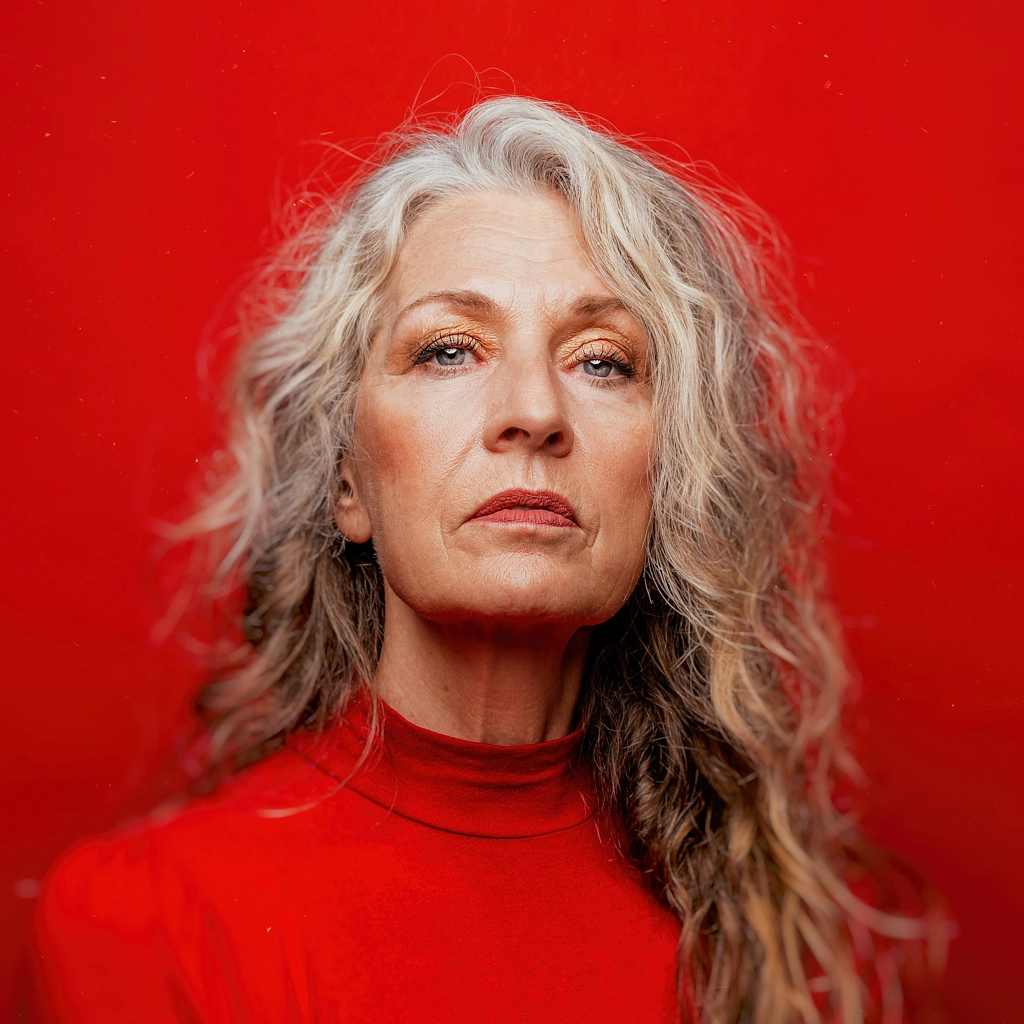


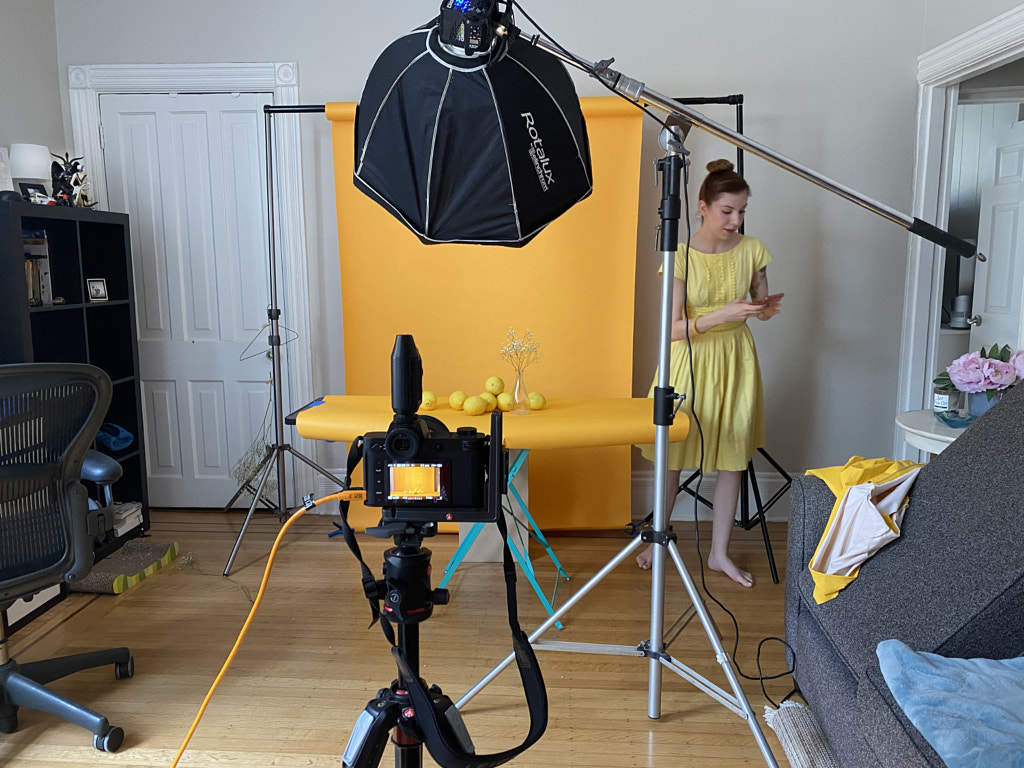
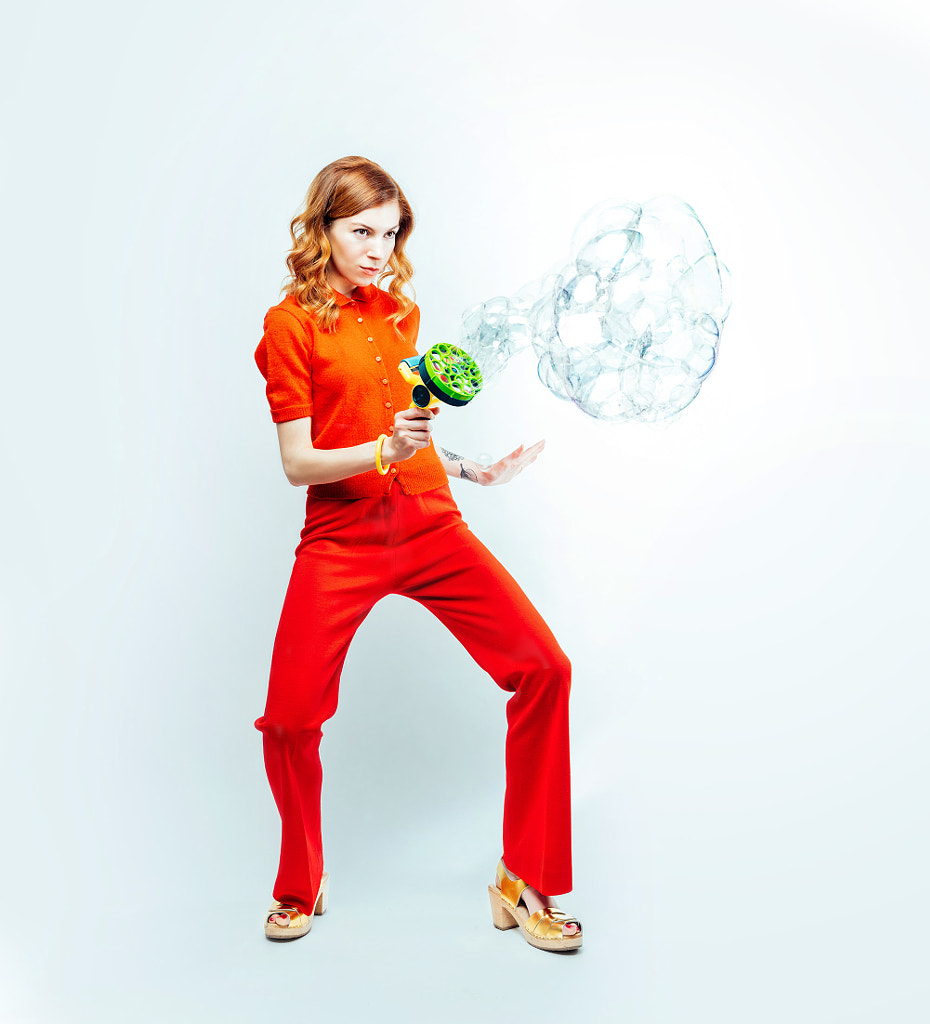
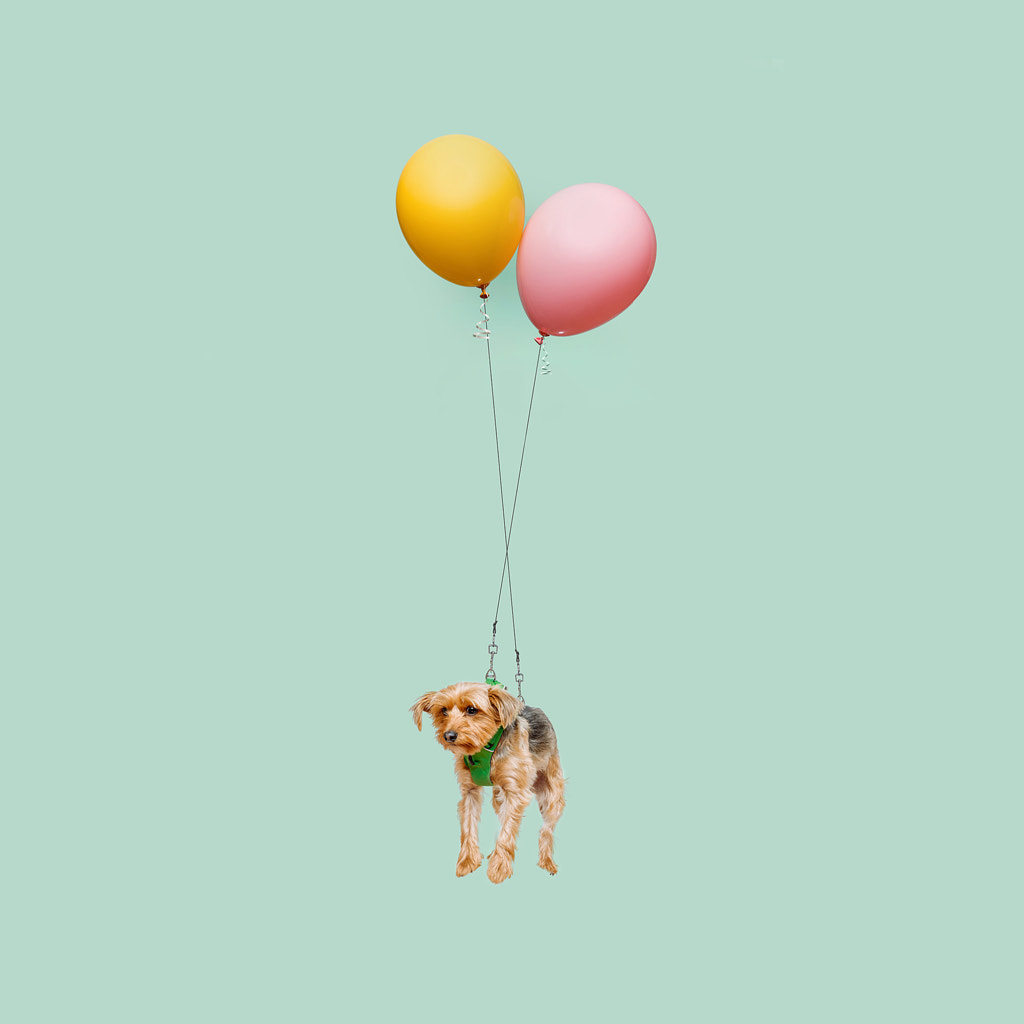
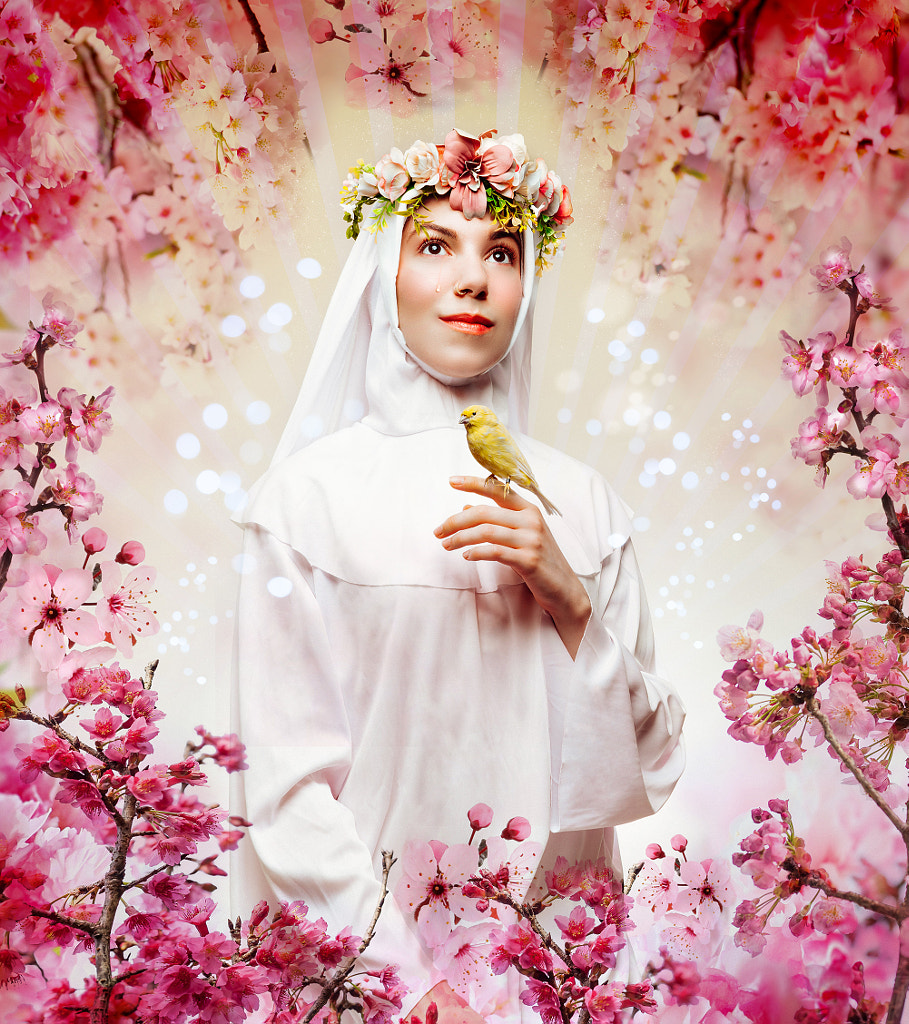
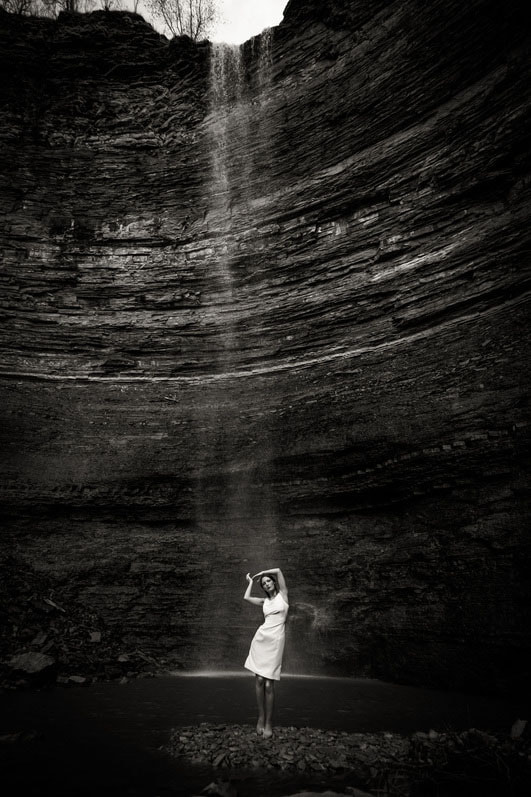
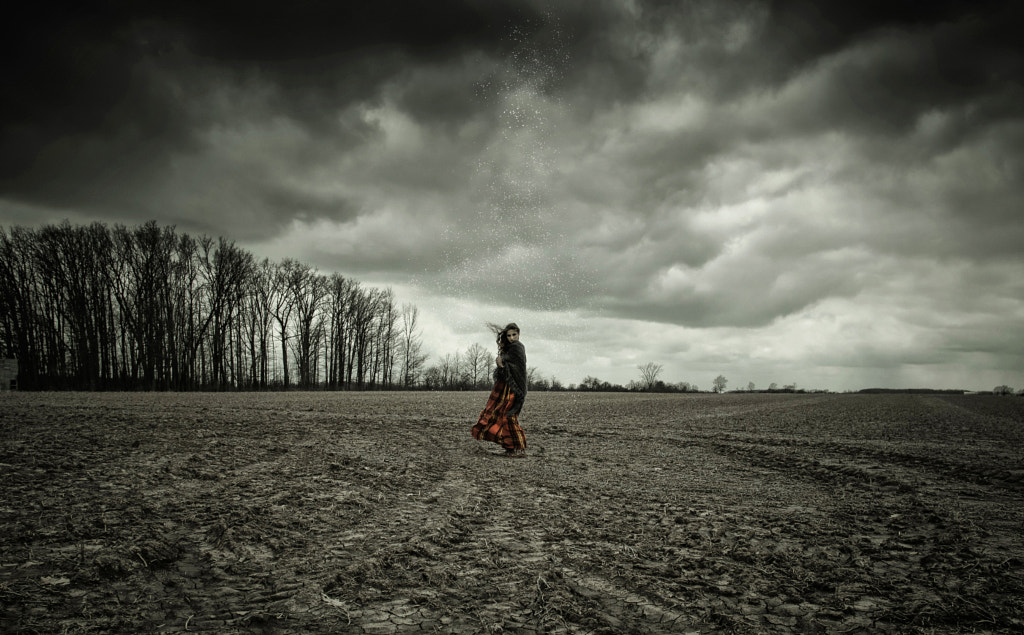
No comments:
Post a Comment